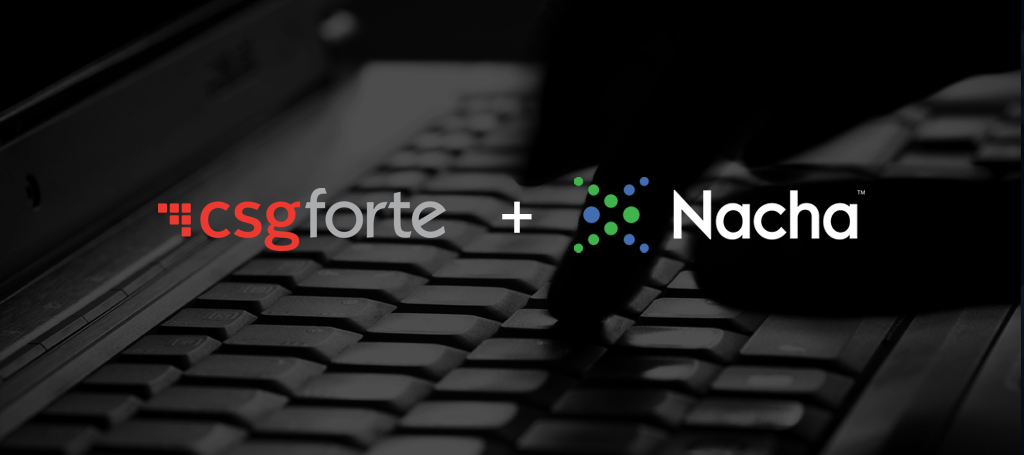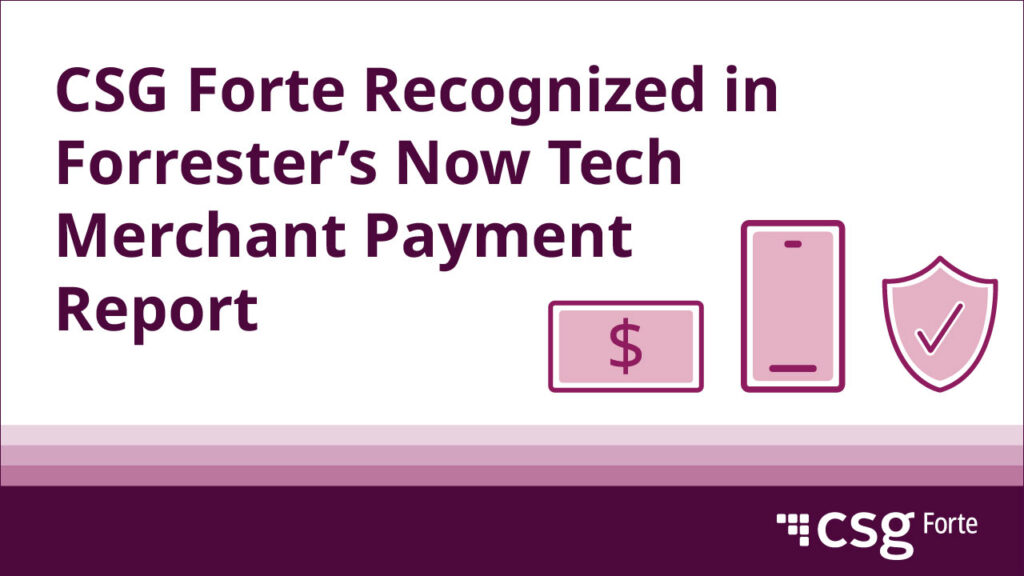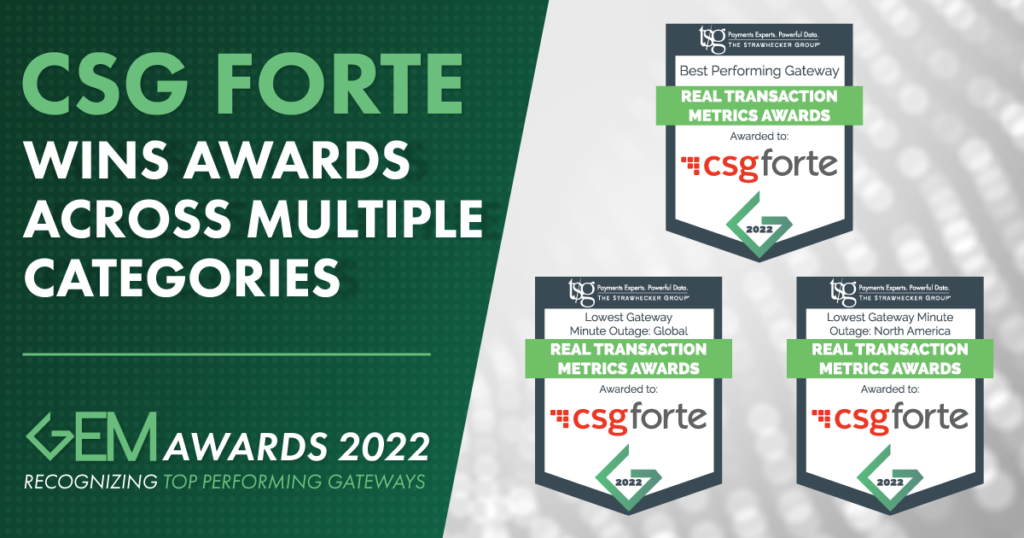4 Best Practices for a Better Payment Experience
Providing a smooth experience is key if you want to make on-time payments easy for your customers. But meeting their expectations can be easier said than done.
The payment experience is often reported as a source of friction for customers. According to a survey of 400 billing and collections executives, 91% of customers cited the inconvenience of bill pay as a pain point. And 34% received customer feedback that there isn’t enough choice in payment methods.
Fortunately, there are simple solutions to facilitate a better payment experience. Follow these four best practices to deliver a secure and convenient digital payment experience that cuts down friction and meets customer expectations.
4 best practices to improve the customer payment experience
1. Seek seamless integration of payment methods
Simply making a multitude of payment options available to your customers won’t create a convenient experience. You need to integrate those channels if you want to encourage prompt payment.
When the payment process is comprised of disparate solutions, it creates friction for customers who are forced to leapfrog from one to another. A customer receiving an email payment reminder doesn’t want to get on the phone with a call center agent just to provide their credit card information. Imagine instead the convenience of being directed to an online payment platform directly within the reminder email.
By integrating your payment methods and eliminating cumbersome payment journeys, you’ll encourage prompt and repeatable payments.
2. Prioritize CX to limit late payments
Providing a positive customer experience doesn’t stop at the point of purchase. The payment portal is a brand touchpoint that deserves equal consideration.
For customers, the hassle of navigating a poorly designed platform can deter on-time payments. According to a 2022 survey of more than 1,500 bill payers, 14% of respondents prioritize convenience. Millennials go even further, with 23% citing payment ease as a reason to pay some bills before others.
A business that offers a user-friendly payment experience may encourage customers to first pay their bills before tackling—or even disregarding—those that involve more convoluted processes.
3. Gain trust with a secure payment platform
Many consumers are concerned about security, for good reason. Credit card fraud is widespread, and card-not-present fraud is expected to account for 74% of all credit card fraud losses by 2024. Up to 52% of U.S. bill payers rank security as a top feature in the digital payment process.
Here’s the takeaway: if customers don’t trust your payment system, they won’t use it.
It’s critical to demonstrate that cardholder data is protected on your payment platform. Follow these strategies to keep your customers secure:
- Use payment IVR systems to securely take payments
Asking customers to read out their credit card information to a call center agent increases the risk of fraud. Leverage Interactive Voice Response (IVR) technology to add a level of security.- Inbound IVR allows customers to call in and manually enter their credit card information via keypad, reducing the risk that someone will overhear the details and jot them down.
- Outbound IVR lets customers receive a scheduled payment call at their convenience and then enter their credit card details during the call.
- Keep call center payments secure
Use a payment platform that makes it simple for call center agents to quickly create custom invoices and send customers a link to securely complete transactions. Customers can pay directly without sharing their account data with anyone, all while removing the organization’s exposure to sensitive payment data. - Choose a payment platform that offers Payment Card Industry (PCI)-compliant processing
PCI regulations change frequently, making it challenging to keep up with complex security requirements. You can spare your business the risk of inadvertent regulatory discrepancies by using a payment platform with built-in PCI compliance. Trusting your payment platform to securely store sensitive customer data lets you stay focused on growing your business.
4. Make it easy for customers to read your reminders
A quick way to increase the odds of late payment is sending a customer reminders on a communication channel they rarely use. Leverage multi-channel communications for reminders to make sure you’re reaching them where they are most likely to respond.
Relying on email won’t always get your message across. Short Message Service (SMS) is gaining popularity. A Statista survey found that U.S. Internet users opened and read 42% of commercial text messages, as opposed to 32% sent by email.
The CSG Forte Payer Engagement Platform allows customers to pay when and how they want
CSG Forte’s Payer Engagement Platform is a revolutionary payments solution that meets your customers where they are. It enables any-time, any-way payment completion on the channel of their choice. Our low-code solution manages invoice creation, payment processing, and payment notifications—all on one secure platform.
Contact us to learn how the CSG Payer Engagement Platform can simplify your customer’s bill payments, improve their experience, reduce fraud exposure and encourage on-time payments.
Invite customers to receive payment reminders, confirmations and late notices on their preferred channels. Then implement a platform with calendar integrations to easily send personalized links to a custom invoice where you know they’ll see it.







